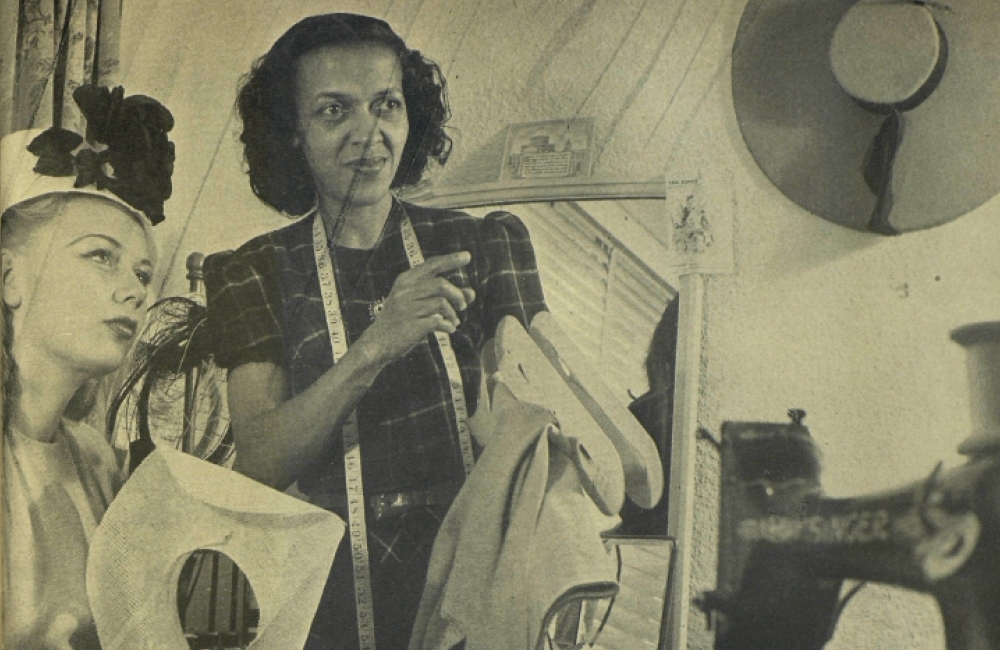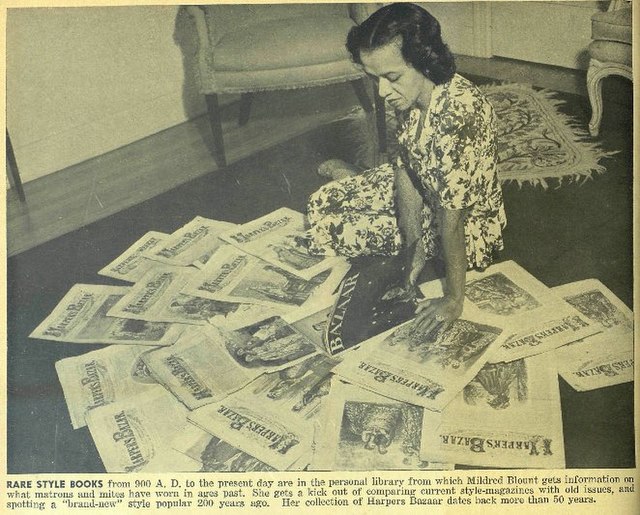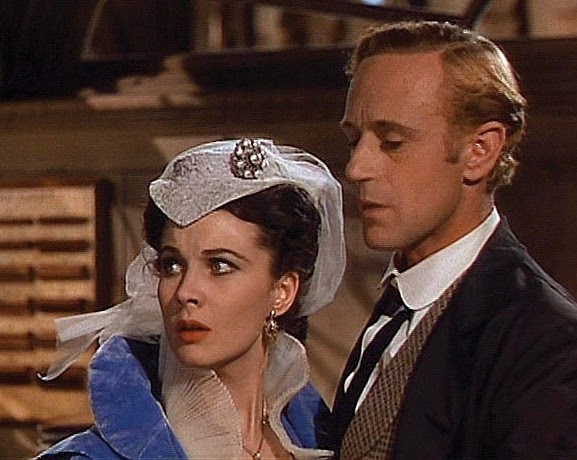Long before red carpets and celebrity stylists, there was Mildred Blount — a visionary milliner who broke Hollywood’s color barrier with every elegant stitch.
Born in 1907, Mildred Blount transformed headwear into high art at a time when being a Black woman in the fashion industry came with significant barriers.

But through sheer talent and bold determination, she carved a path from society weddings to major motion pictures, claiming space in elite circles that rarely welcomed her.

Blount’s journey began without formal training. At just 17 years old, she was tapped to design bridal headpieces for the 1923 New York City wedding of Madam C.J. Walker’s granddaughter—a star-studded affair with over 9,000 invitations. Even the New York Times took notice, praising the “coronets of braided silver cloth, designed and made by Miss Mildred Blount.”
Her quiet confidence and talent led her to the front door of John Frederics, one of the most prestigious millinery firms of the time. As the first person of color to apply, she stunned the company. But as Ebony magazine put it in 1946: “All she asked was a chance. P.S.—She got the job.”

While working at John Frederics, Blount was entrusted with creating hats for the 1939 film Gone with the Wind. Though her work shaped the visual identity of one of cinema’s most iconic films, she received no on-screen credit—a reflection of the systemic racial erasure of the era.
Undeterred, Blount launched her own label and continued to push for industry recognition. Her exquisite craftsmanship earned her a groundbreaking membership in the Motion Pictures Costumers Union, making her the first Black person, male or female, ever admitted. This pivotal moment allowed her to officially design for Hollywood films, including Back Street (1941).

Blount’s designs weren’t limited to film. Her client list reads like a who’s who of Old Hollywood: Joan Crawford, Ginger Rogers, Mary Pickford, and Gloria Vanderbilt, for whom she designed a wedding veil for her first marriage to Pat DiCicco.
At these high-society events, Blount insisted on respect and dignity. Ebony noted that she “refused the mock-humility of the back door entrance.”

Today, her intricate miniature hats and film studies are preserved in the Los Angeles County Museum of Art (LACMA), offering a glimpse into her enduring genius.
And yet, despite being called “famous” and “a leader in her field” during her lifetime, Mildred Blount remains largely unrecognized in mainstream Hollywood and fashion history.
Her legacy challenges us to remember the artists behind the glamor—and to correct the record where credit was long overdue.
